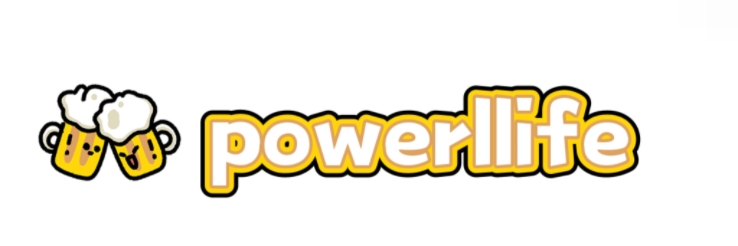Are Your Flocking Patterns Disturbing Local Wildlife Habitats?
As urban development expands, it's essential to consider its impact on local wildlife habitats. One particular area of concern is the flocking patterns created by various landscaping techniques, especially in residential neighborhoods. Are these practices inadvertently disturbing local ecosystems? Let’s explore expert opinions on this important topic.
For more information, please visit flocking patch.
Understanding Flocking Patterns
Flocking patterns often refer to the arrangement of plants, ornaments, and features in a landscape. These patterns can influence how wildlife interacts with the environment. Landscape architect Dr. Emily Carter states, “The way we design our yards does have implications for local flora and fauna. For instance, excessive paving and uniformity can disrupt natural habitats, making it difficult for native species to thrive.”
The Role of Native Plants
One expert emphasizes the importance of incorporating indigenous species in flocking patches. Conservation biologist Dr. Michael Torres argues, “Using native plants in your flocking patch creates a more inviting environment for local wildlife. These plants provide food and shelter, fostering biodiversity. In contrast, non-native plants can outcompete local species and alter habitat dynamics.”
Human Activity and Wildlife Patterns
Landscape ecologist Dr. Sarah Lin focuses on the human element affecting local wildlife. “Our day-to-day activities significantly influence animal behaviors and habitats. When flocking patterns are created without consideration for wildlife, they may lead to fragmentation of natural corridors. This disrupts migration and daily movements of various species.”
Practical Solutions
Experts agree that there are steps homeowners can take to create wildlife-friendly flocking patches. Landscape designer Jake Simmons suggests, “Incorporate a variety of plants that bloom at different times throughout the year to attract pollinators. Also, consider the use of permeable materials to reduce runoff and enhance water absorption, supporting both plant and animal life.”
Case Studies of Successful Integration
Looking at successful case studies can provide insight into how proper landscaping can coexist with wildlife. Urban planner Dr. Natalie Phelps notes a positive outcome in neighborhoods that have embraced ecological design. “Communities that prioritize green spaces filled with biodiversity often see an uptick in local wildlife populations, proving that thoughtful flocking patterns can contribute positively to the ecosystem.”
Community Awareness and Involvement
Lastly, raising awareness about the impact of flocking patches is crucial. Environmental educator Anne Grant suggests, “Involving community members in educational workshops about landscape design and native species can foster a more sustainable approach to gardening and habitat restoration.”
In conclusion, while flocking patterns can enhance the aesthetics of our surroundings, they can also disrupt local wildlife habitats if not designed thoughtfully. By carefully considering the plants we choose and the arrangements we make, we can ensure that our flocking patches support, rather than hinder, the rich tapestry of local ecosystems.
If you want to learn more, please visit our website silicone rubber labels.


Comments